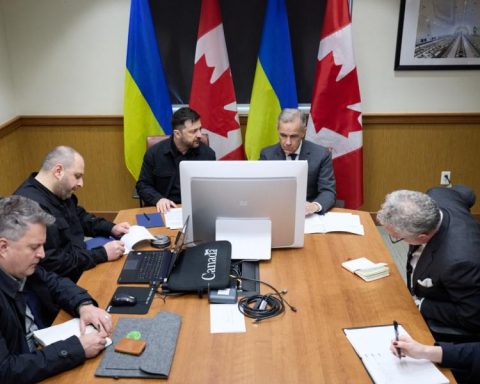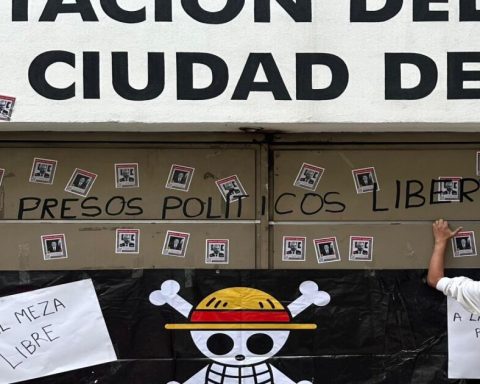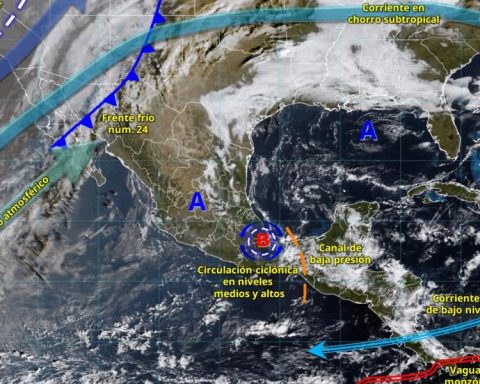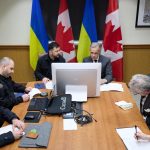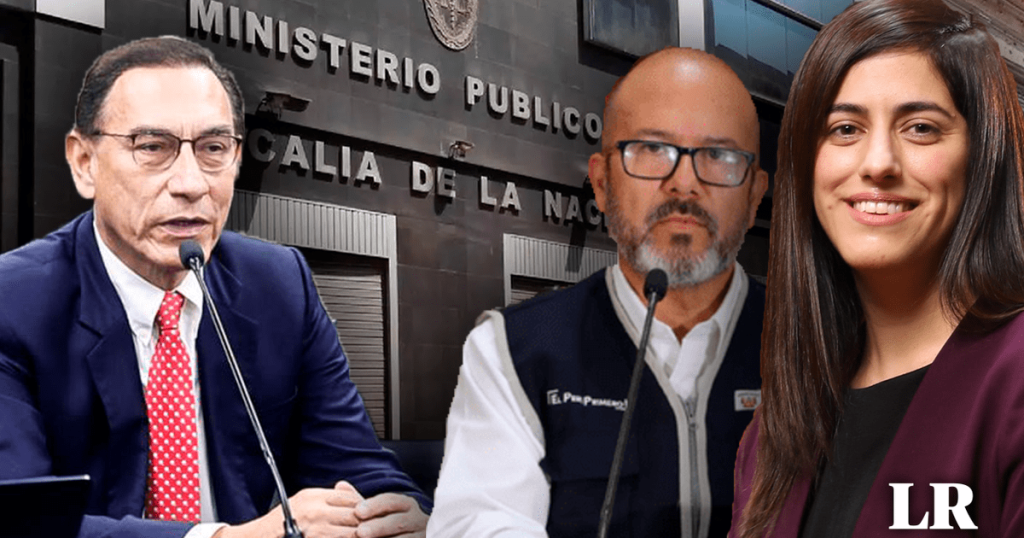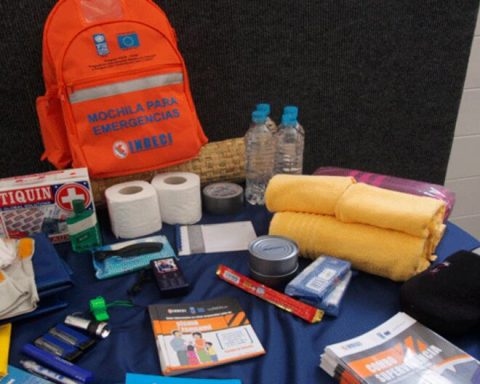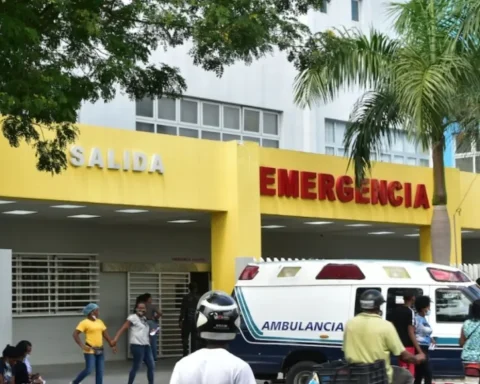The government’s goal is to have 50% less procedures, requirements and time of attention, in addition to driving the number of efforts to be carried out by citizens. In the case of states, there are 300 unique and 100 procedures in the municipalities, of which 80% can be carried out online.
The presidential proposal was immediately sent to the Transparency and Anti -Corruption Commission for Opinion, and the Budget and Public Account Commission for Opinion.
According to the document, today there are 523 procedures by federative entity and 144 at the municipal level.
“At the national level there are more than 350,000 procedures, a problem that directly affects the population,” he says.
In addition, the initiative refers, a person performs on average 486 procedures throughout his life, 85% in entities and municipalities.
“All this hinders access to rights, public services, social benefits, generates uncertainty, legal and spaces for discretion and corruption,” he abounds.
The way to solve that situation, emphasizes the proposal, is the administrative simplification and that most of the efforts can be carried out online
Therefore, it establishes that there will be a simplification authority and that all citizens may have a unique digital file, which can be used in each process they do.
The National Simplification and Digitalization Authority will be the Digital Transformation Agency and Telecommunications (ATDYT).
This will generate a unique catalog of procedures and enable the Single Citizen Portal of Procedures and Services, digital platform that will concentrate all federal, state and municipal procedures and services.
Each citizen will have a citizen digital file, that is, a set of digital documents associated with a person, which can be used by any obligatory subject (government or authority) competent to resolve procedures, services and other legal and administrative acts in charge.
Each citizen will have an MX -Similar key to which it is already used in the CDMX – as a mechanism for authentication and identification in digital media and associated with the CURP.
For the law to be applicable throughout the country, the creation of a National Public Technology Center is contemplated, which integrates a public code repository- to use for each obligatory entity- and a technology school that will provide public employees training in three areas:
programming, telematics and public cloud.

